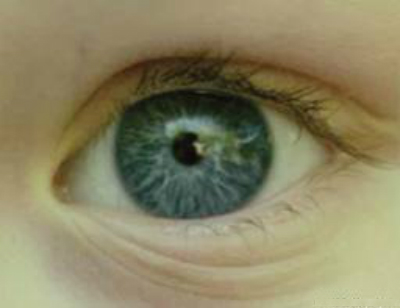A treatment introduced less than 10 years ago has already made a difference in the number of Americans losing their vision and being admitted to nursing homes, according to a new study.
Two Duke University economists looked at Medicare beneficiaries with so-called “wet” macular degeneration and found those diagnosed after the introduction of anti-VEGF drugs were less likely to go blind and less likely to move into long-term care.
“At last we have found a way of managing this horrible and very common disease among the oldest of the old,” said Frank Sloan, who led the new study.
Age-related macular degeneration (AMD) is the number one cause of blindness in the U.S. affecting older adults, usually after age 65. Most AMD patients have the dry form of the disease, but about 10 percent have wet AMD, which progresses more quickly than the dry form.
Past treatments weren’t very effective at managing wet AMD, but retinal surgeons began using injections of vascular endothelial growth factor inhibitors, known as anti-VEGF, in the mid 2000s.
Previous clinical research has indicated that anti-VEGF treatments are effective for wet AMD, but Sloan said those types of studies don’t let you see longer-term outcomes or how well the therapy works in a real-world setting.
The researchers used Medicare claims information from 1994 to 2011 to examine the vision outcomes and long-term care facility admissions of wet AMD patients who were treated with older methods or with the new anti-VEGF drugs.
The two most commonly used drugs, ranibizumab (Lucentis) and bevacizumab (Avastin), were introduced for eye therapy in 2006.
The researchers discovered that the use of anti-VEGF therapy reduced vision loss by 41 percent and the onset of severe vision loss and blindness by 46 percent, compared to earlier forms of treatment.
They also found that patients who received anti-VEGF were 19 percent less likely to be admitted to long-term care facilities during a two-year follow-up period compared to those treated before the drugs came into use.
The findings were published in JAMA Ophthalmology.
The new treatments may be changing the way some doctors think about wet AMD.
“We used to say it was better to have the dry form because it tended to be milder and slowly progressive as opposed to the wet AMD, which has a rapid onset and much more severe vision loss,” Dr. Michael Stewart told Reuters Health.
Stewart, who chairs the ophthalmology department at the Mayo Clinic in Jacksonville, Florida, was not involved in the new study.
Stewart said results like these actually call into question whether or not that old statement is still true because the anti-VEGF drugs are so effective.
“By and large, we are maintaining good vision in most people that we treat,” Stewart said.
Stewart also says the new drugs have revolutionized the way retinal surgeons approach these patients.
He says that early diagnosis with quick initiation of treatment is the best way of preserving vision. The typical course of treatment is to give an injection of the drug in to the eye, about one time per month, but treatment can be tapered to the patients’ needs.
“Patients and family – and most of us, actually – think of a needle in the eye as one of the worst medical procedures we can imagine,” Stewart said, “but the reality is patients tolerate them very, very well and very few patients actually forgo the treatment because of either imagined or real pain, discomfort and anxiety.”
Source: Reuters


